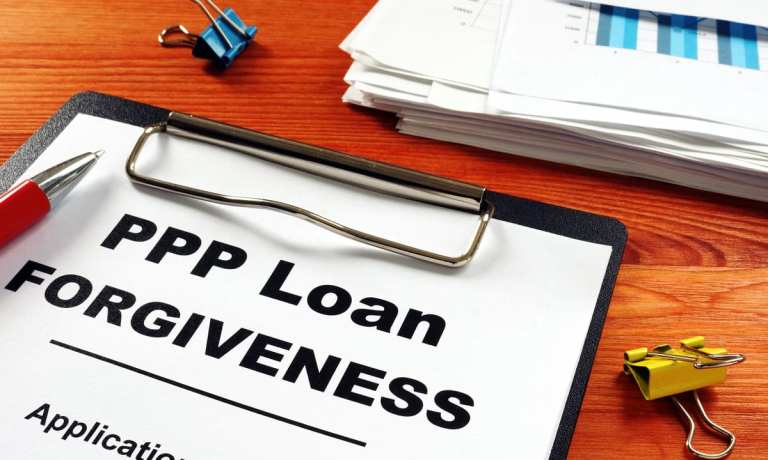
The U.S. Paycheck Protection Program (PPP), renewed this year after Congress finally enacted a stimulus package, has been hobbled by a range of problems, The New York Times reported.
Martha Theirl, in trying to get a PPP loan for her Massachusetts physical therapy business, spent hours battling three levels of customer-service support at her bank. “It’s been a nightmare,” she said.
The sources of businesses’ problems in getting loans range from typos and technology problems to anti-fraud software glitches and inaccuracies in government paperwork. These problems have created roadblocks for U.S. businesses in the need of relief amid the impacts of the COVID crisis.
One big snafu: Thousands of people were turned down because they erroneously registered as having a recent criminal conviction.
The newspaper reported that Theirl applied last month for a PPP loan from Bank of America, only to have the financial institution cancel her application last Thursday (Feb. 18). After a Times reporter contacted the bank, a loan officer called her the next day and told her there had been a mistake.
Now Theirl is hoping the loan will be approved shortly.
The Biden administration on Monday (Feb. 22) announced that for a 14-day period beginning Wednesday (Feb. 24), only companies with fewer than 20 employees will be allowed to apply for PPP loans. The overall goal is to help smaller companies, those in underserved communities and those owned by minorities gain increased access to the program.
In addition, the Small Business Administration (SBA) will make it easier for sole proprietors and self-employed people to get loans. In general, the PPP allows businesses with up to 500 employees to apply.
The PPP has been a prominent part of the stimulus aid Congress has approved in response to the COVID-19 health and economic crisis. The federal government restarted the program in January after Congress passed a long-delayed stimulus aid package the previous month.
The forgivable loans, aimed at small businesses, are made by financial institutions and backed by the SBA. The goal is to answer criticisms of the program and make sure smaller companies are not crowded out by larger ones.
The Times said that, so far, this second round for the PPP has distributed $134 billion in the emergency aid through banks to 1.8 million small businesses.